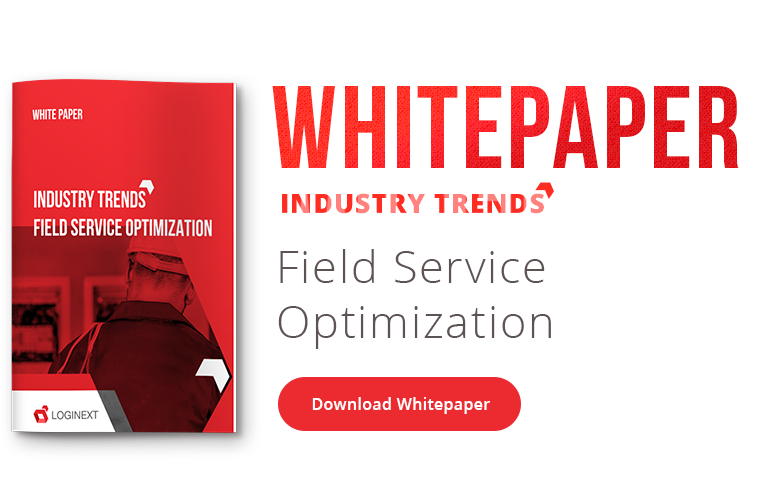Field Service Optimization and Management – The Latest ‘O’ on the Block
– By Tanaya, Bishwajeet, Vishwanath
Me: Hey Siri, can you go and close this deal for me?
Siri: How much commission do I get? They don’t call me the closer for nothing.
Sounds like a very far-fetched idea? Not really. With Waymo’s self-driven cars and GreyOrange Butler robots seeing the light of the day, having an Irona or R2D2 to make a sale on your behalf is a plausible notion. But would a customer actually buy from a non-emoting, intelligent assistant? Highly unlikely. We, humans are emotion-driven decision makers, and as much as you can automate the entire field service optimization process, the human element is what enables the comfort level of the transacting parties leading to an official closure. Human interaction is inevitable. And as long as we are involved in the age-old process of going out on the field, scouting for possible leads and closing on that sale, there will always be a fixed & a variable cost associated with an organization’s field service management.
Of course, Sales is not the only industry to face such qualms, and are accompanied by the Pharmaceutical & Service Maintenance industries that need the charm of low-cost, highly optimized field service management for their field service agents viz., medical representatives and service engineers.
Which brings us to the million-dollar question – How do you cut down on this field service optimization cost? The easy answer to this seems like cutting down on resources which may or may not be the most ideal way. What happens when you have to work with the resources allotted? The answer lies in optimizing the available field workforce at hand, leading to maybe minimizing them or improving the field service productivity in such a way that the number of visits per day per field service agent can be substantially improved.
Current Scenario
A myriad of technology solutions have been built keeping this dilemma in mind, and organizations that have sensed the dire need for on field workforce management with real-time visibility, route optimization & auto scheduling, have taken to such solutions very well. Mobility of the same has helped digitize information captured during every single customer interaction, and collect valuable data. This has enabled the organizations to not only just make sense of the data (All thanks to the Big Data Analytics boom and other similar buzzwords), and have the capacity for a data-driven view of their field service management performance, but also enabled them to identify scope of improvements therein.
So What Next?
The comfort-level around technologies for the field workforce management, among organizations is undeniably on the rise, with majority of them opting to go the digital way. The rise of the smartphone and advents in the space of IOT are convincing factors of this being the only way to go ahead and implementing a comprehensive field service management module.
Recommended Read: Top Future Trends For 2025 In Field Service Management Explained!
End-to-End Platforms
Imagine a sales rep on the verge of closing a sale, has details of his customer’s buying patterns, histories, inventory available for fulfillment, and more at her fingertips (literally). Smart lass. There lies the beauty of integrating ERPs & CRMs with field service management modules. An ‘Ad-hoc’ service request or a visit can be dynamically re-routed to the nearest suited resource enabling shorter service times. Organizations are equipped with heavy systems and an end to end platform with seamless flow of data will ensure a reduced inventory management cost, consistent customer experience with faster turn-around times and tighter service windows coupled with data-backed intelligence.
Wearable Technology
By 2020, 26-billion devices other than smartphones, tablets and computers will be connected via the Internet of Things – Gartner
Information capturing has been the smartphone and tablets field of play, but growing developments in wearable technology like optical glasses, watches are soon to revolutionize this scene. One-glance data capturing can not only help digitize important records but also reduce human errors and paper costs. The Internet of Anything is on its way and never before has seamless flow of data seemed so much easier.
So how long before a Wall-E can go close a deal or fix the nearest utility that needs a repair? We’re getting there. Slowly, steadily. Until then, field service management tools – humor us!
239 3








I’ve been browsing online more than 3 hours today, yet I never found
any interesting article like yours. It is pretty worth enough for me.
In my view, if aall webmasters andd bloggers made good content as you did,
the internet wil be a lot more useful than ever before.
Thanks for providing this useful article about field service optimization. It has given me a lot of information. Keep writing such informative article.
Hello! Cool post, amazing!!!